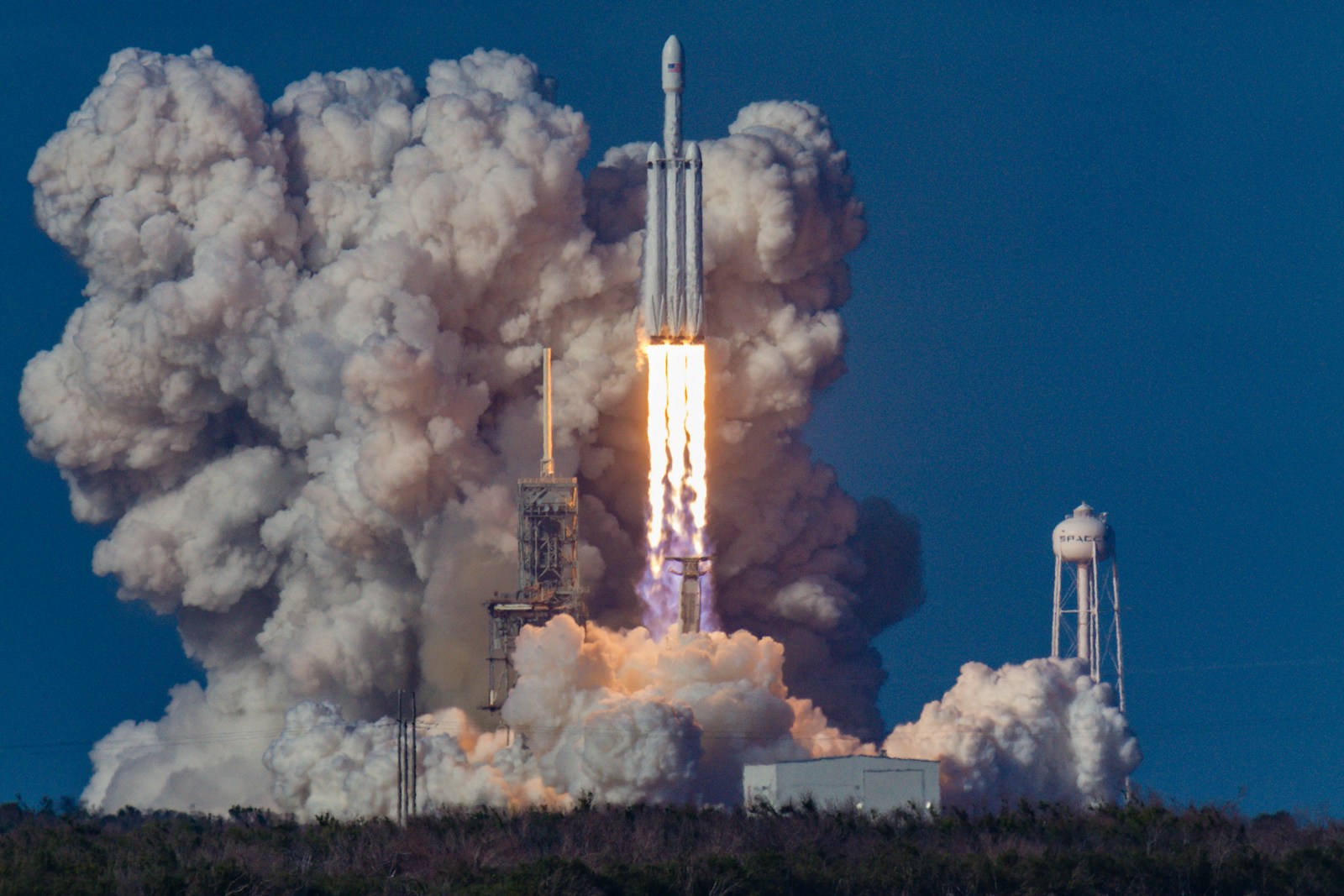Insider Brief
- The study explores the potential of quantum computing in providing calculations for stabilizing cyclic ozone within fullerene cages, which could significantly increase rocket fuel efficiency.
- Quantum phase estimation and other quantum algorithms were used to estimate the computational resources needed, revealing significant challenges.
- The study indicates that while the approach could offer substantial economic benefits, practical implementation remains far off due to the high computational and technical demands.
A team of researchers, including scientists from HRL Laboratories and Boeing, found that quantum computing could develop more efficient rocket propellants, which could save millions per launch. However, practical implementation of the approach remains challenging.
In a study published on ArXiv, the researchers explored the potential of using quantum computing to potentially aid in stabilizing cyclic ozone within fullerene cages, which could significantly increase the specific impulse of rocket fuel. This increase in specific impulse — a measure of fuel efficiency — could theoretically allow rockets to carry up to 33% more payload, translating to greater efficiency and reduced costs for space missions.
For background: Cyclic ozone is a high-energy-density molecule that, if stabilized, could be a game-changer for rocket propulsion. However, its extreme reactivity has made it impossible to isolate and use in practice. The research team, led by HRL Laboratories, proposes that by encapsulating cyclic ozone within a fullerene cage—a type of carbon molecule—the molecule could be stabilized and used as a propellant. This concept is not without precedent, as similar strategies have been considered for hydrogen storage.

The study highlights the challenges of this approach, noting that traditional synthetic methods for capturing cyclic ozone are beyond the reach of classical computational methods. This is where quantum computing could play a crucial role. The team used quantum phase estimation (QPE) and other quantum algorithms to estimate the computational resources needed to determine the stability of cyclic ozone within fullerene cages.
According to the team: “Quantum computation has the potential to enable these calculations, though the underlying hardware requirements remain unclear for many practical applications.”
Despite the promising theoretical potential, the practicality of this approach remains uncertain. The study provides an end-to-end analysis of how quantum methods could support efforts to isolate cyclic ozone, but also acknowledges the significant computational overhead involved.
The researchers estimate that a full quantum computation of this problem, using current or near-future quantum hardware, could take years to complete. For instance, a detailed calculation could require millions of physical qubits and an operational time stretching into multiple years, even with optimistic assumptions about hardware efficiency.
The economic implications of successfully developing a quantum-assisted rocket propellant are substantial. If HRL Laboratories and Boeing’s quantum-enhanced design could be realized, the 33% increase in payload capacity for rockets like SpaceX’s Falcon Heavy could yield significant cost savings. The study calculates that this could translate to an additional $32 million in value per rocket launch, assuming the technology is scalable and practical for widespread use.
However, this optimism is tempered by the technical and practical challenges that remain. The study points out that stabilizing cyclic ozone outside of a fullerene cage may not be feasible, and even within a cage, the additional weight of the fullerene could offset some of the fuel’s potential benefits. Further, the team adds that the complexity of safely storing and handling this propellant, as well as the difficulty of integrating it into existing rocket designs, are significant hurdles that would need to be overcome.
In terms of computational feasibility, the study paints a picture of both opportunity and challenge. While quantum computing could provide the necessary tools to design and analyze new propellants, the scale of the calculations required is daunting. For example, the study estimates that even a basic quantum calculation involving a 64-orbital active space could require around 10^11 (ten to the 11th power, or 100 billion) T-gates — a type of basic operation used in quantum computing to manipulate qubits — and a runtime of 13.43 days, with larger systems potentially taking years. This indicates that, while quantum computing holds promise, the technology is not yet at a stage where it can be practically applied to such complex problems.
For a deeper and more technical look at the research, please see the ArXiv study.
The researchers involved in the study include Thomas W. Watts, Samuel D. Johnson, Rashmi Sundareswara, and Adam Holmes from HRL Laboratories; Matthew Otten from the University of Wisconsin – Madison; Jason T. Necaise from Dartmouth College; Nam Nguyen, Benjamin Link, and Kristen S. Williams from Boeing Research & Technology; Yuval R. Sanders, Samuel J. Elman, Maria Kieferova, Michael J. Bremner, and Luke Mathieson from the University of Technology Sydney; and Kaitlyn J. Morrell, Justin E. Elenewski, and Kevin M. Obenland from MIT Lincoln Laboratory.
















